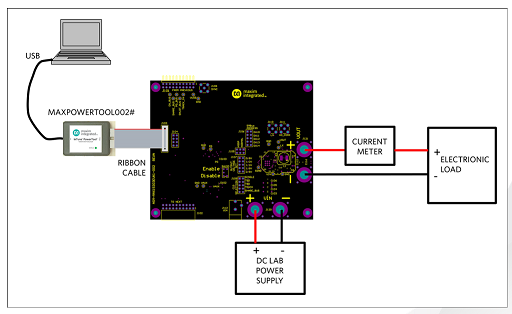
Introduction
A major benefit of digital power solutions is the ability to read the actual load current in real time over the power management bus (PMBus). The load current measurement is possible with knowledge of the current-sense element’s impedance. The current measurement’s accuracy is a function of many parameters such as board parasitics, the measurement component’s tolerance, and the IC’s internal gains and offsets. If the variations in these parameters are not accounted for, the measured load current will not be as accurate as one might expect. Fortunately, the PMBus specification provides two calibration coefficients, IOUT_CAL_GAIN and IOUT_CAL_OFFSET (collectively referred to as IOUT_CAL values), which allow the user to calibrate out the parameters that affect the current measurement’s accuracy. Every InTune IC is shipped with default values for these coefficients. These values must be calibrated to provide accurate output current measurements.
When is Calibration Needed?
An IC’s IOUT_CAL values should be calibrated at the initial board build and at any time when the current-sensing circuitry is changed. Maxim Integrated’s digital power evaluation (EV) kits are shipped with IOUT_CAL values that are specifically calibrated to each EV kit’s inductor. This allows the user to experience accurate current measurement right out of the box. Our EV kits are designed to allow the user to easily modify the kits for their specific operating requirements. However, any modification to the output inductor, current measurement filter components, or the digital power IC require the user to recalibrate the IOUT_CAL values to ensure that the design properly reports an accurate load current measurement. For instance, replacing the output inductor with another inductor that has the same part number does not necessarily require recalibration. The exact change in accuracy is a function of the change in the new inductor’s actual inductance or resistance. However, replacing the output inductor with another inductor with a different part number always requires recalibration to ensure an accurate output-current measurement.
In this application note, Maxim provides an easy-to-follow procedure for calibrating new IOUT_CAL_GAIN and IOUT_CAL_OFFSET values that are optimized for your modified design.
Click here for application note
Advertisement
Learn more about Maxim Integrated





